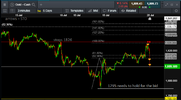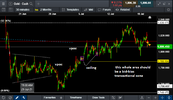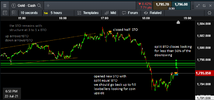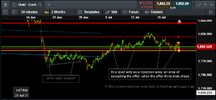- Joined
- 10 June 2007
- Posts
- 4,045
- Reactions
- 1,404



buyers working hard to get this uphill
Chart Image
www.tradingview.com

still with above pov todayView attachment 127620
1795 needs to hold (front month contract)
above the halfway level, traders are likely to get aggressive, below the zone, below 1771 (front month)still with above pov today
taking a review : https://www.tradingview.com/x/xNjDMXVg/

inline with structure, real timethis is a better view of the same set-up
Chart Image
www.tradingview.com

 i only use the cloaking device when praising government , i don't want to embarrass my friends
i only use the cloaking device when praising government , i don't want to embarrass my friends
I'm too old and slow to catch gold moves intraday... either that or I'm distracted, reading crap on twitter.
Chart Image
www.tradingview.com
i think this is important to figuring if youre about to buy a bargain (as price slumps) or if your buying a discount that just keeps discounting
day trading may seem innocuous and superfluous to investors yet we are in the same boat, youre looking for the undiscovered country while i'm looking for the leaks in the hull,
at least by inspecting those leaks once in while you can figure if youre going to make it to shore...
...and i absolutely promise that was the last lame analogy from me (i've got boatloads .....ha, a pun too !!)
coffee



Hello and welcome to Aussie Stock Forums!
To gain full access you must register. Registration is free and takes only a few seconds to complete.
Already a member? Log in here.